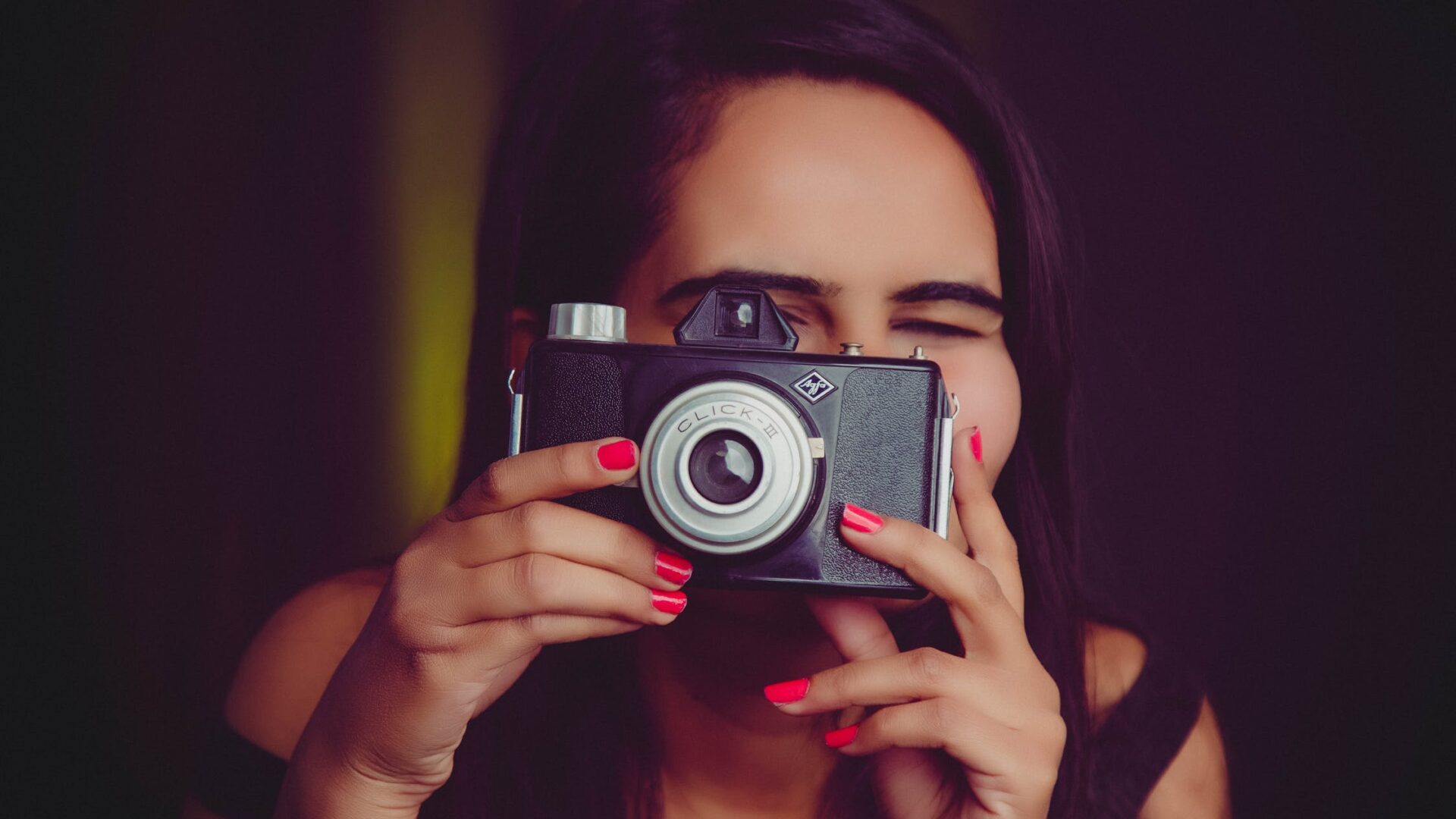Art is constantly evolving, but at its core, it always strives for beauty, harmony, and the expression of human emotion. Today, in the age of digital technology, photography has become a bridge between classical and modern visual languages. More and more photographers are turning to the paintings of past centuries to add depth, style, and meaning to their work. This creative dialogue between art forms not only produces striking images but also gives rise to new ways of visual thinking.
A Dialogue of Eras: When the Camera Speaks the Language of the Brush
Photography, despite its relatively young age, has long established itself as an independent art form. However, in its visual language, one can increasingly find profound references to classical painting — from the Renaissance to Impressionism. In their pursuit of something more meaningful than just a beautiful image, modern photographers often draw from the legacy of the great masters of the past. The use of light, the construction of composition, the play with model poses — all of these can be seen as a tribute to Rembrandt, Vermeer, Botticelli, and other icons of visual art.
This approach is particularly popular in portrait and fashion photography. Soft diffused light, golden-brown tones, careful detailing of clothing and background — all of this seems to pull the viewer out of the present and place them in an old painter’s studio. At the same time, modern technology gives photographers a freedom that painters never had: the ability to instantly see results, make adjustments, and experiment with post-processing effects. Yet the core idea and aesthetic remain deeply rooted in painting traditions.
Hungary in the Frame — Culture, Inspiration, and a Bit of Surprise
Interestingly, Hungary is experiencing a true renaissance of this approach. Young photographers and visual artists are actively experimenting with the visual codes of classical art. Some even recreate scenes from famous paintings — for example, Girl with a Pearl Earring or The Arnolfini Portrait — adapting them to the modern world. This is not only visually appealing but also allows for a rethinking of familiar images through the lens of the 21st century.
Many photo studios in Budapest now offer clients more than just a photoshoot — they create an entire visual journey into the past: costumes, sets, lighting setups that mimic painterly styles. This trend shows how deeply rooted the desire for aesthetics and classical art is in Hungarian culture.
What’s fascinating is that this interest in classical forms is also reflected in other areas of leisure — such as online casinos. For instance, magyar online casino platforms are now placing great emphasis on the visual design of their websites, often styled after Baroque or Art Nouveau aesthetics. Slot machines are designed to resemble paintings by old masters, and interactive elements recall scenes from classical theatre. This is no coincidence. People don’t just want to win — they want to enjoy the aesthetics of the experience.
This approach brings visual forms together — whether it’s a photoshoot, a painting, or a game interface — and makes culture accessible even during moments of leisure. Especially when a user can immerse themselves in a game where every design element feels like a frame from a Caravaggio painting or a scene from classical drama. It’s another example of how high art, even in its visual shell, finds relevance in the most unexpected areas — and remains in demand.
Photography as a Way to Converse with the Past
Photography inspired by painting is not just a game of stylization. It’s a form of dialogue. Every frame becomes a question posed to the past: “Rubens or Titian, how would you depict this woman today?” Or, conversely, a statement: “This is how a scene from your canvas would look in the 21st century.” It’s not imitation — it’s a form of recognition, respect, and creative response.
Moreover, there’s a certain philosophy to this approach. Classical painting sought to capture eternal values, to preserve emotions and states beyond time. Modern photography, drawing from this source, seems to say: “We too want to speak of the eternal — just through different means.”
This method also encourages the viewer to think. In front of them is not just a photo but a cultural context. Associations arise, new meanings emerge, and sometimes even a desire to study the original work that inspired the artist. It’s a powerful educational tool that works through visual perception.
Where Craft Ends and Art Begins
One of the main criteria that separates “just a photo” from a work of art is the question of meaning. If a photograph evokes emotion, associations, makes you think — then it’s not just a successful shot, but a genuine work of art.
A photographer inspired by classical painting automatically raises the standard of their work. They’re no longer just capturing a moment — they’re creating it. They think about composition, the balance of light and shadow, and what emotion the viewer should feel. This is the work of an artist, even if their brush is a digital camera and their canvas is a screen.
Art Is Everywhere — You Just Have to See It
Painting, photography, even online interfaces — they’re all part of the same cultural mosaic. Each of these elements can be either simple craftsmanship or a form of high art. It all depends on the approach and the context.
Modern photographers inspired by the classics show us that dialogue with the past can be alive, engaging, and relevant. And when that dialogue continues even in digital entertainment — whether it’s the visual elements of online casinos or artistic app designs — it shows that culture remains with us, even when we’re simply relaxing.
In the end, it’s not just about what we do, but how we perceive it. And if even our entertainment carries a spark of art — then we are on the right path.
